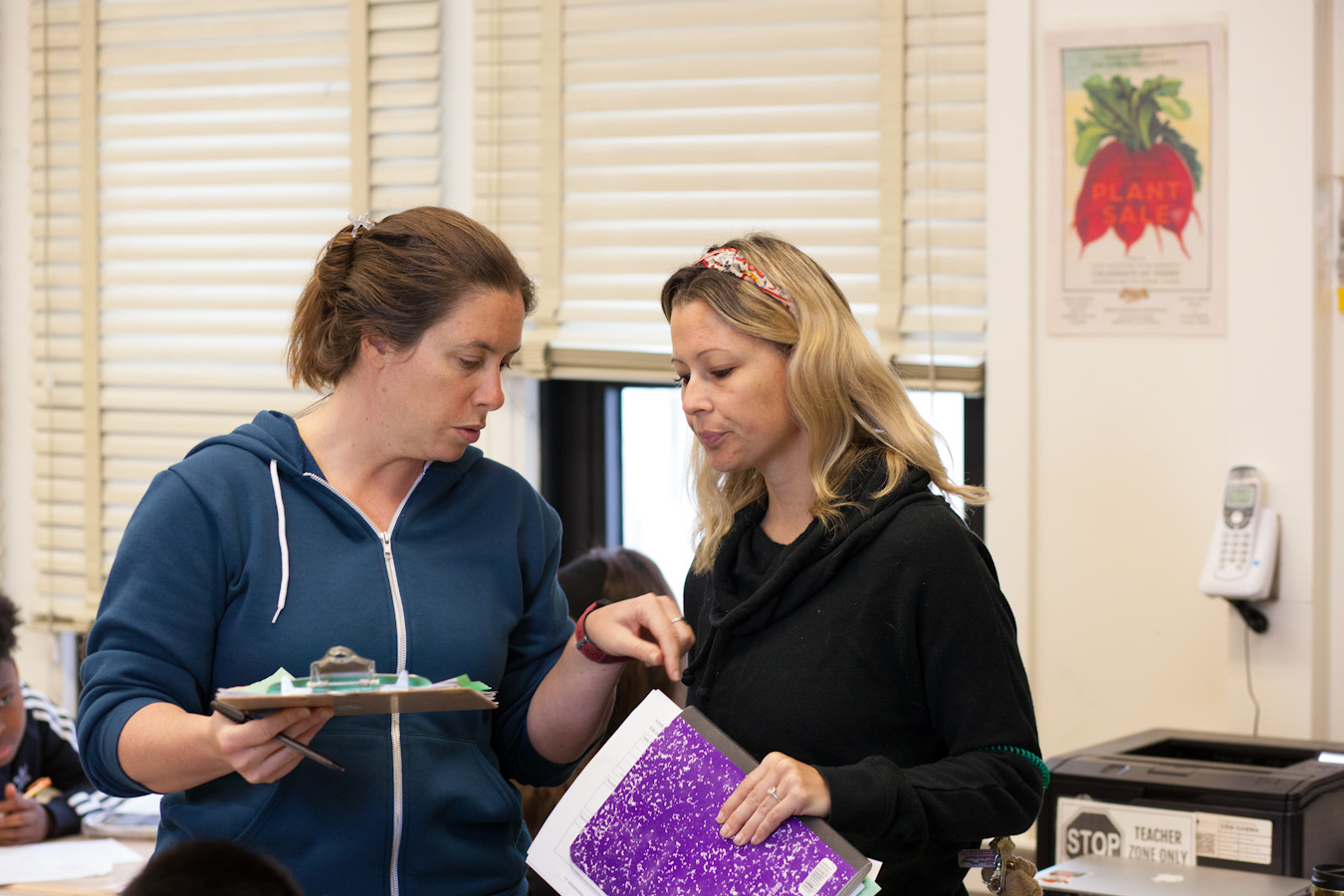Collaboration Means Shared Accountability
Working as a team means that each person will need live up to their share of the responsibilities for the group to be able to move forward.
Review Schedule and Expectations
Make sure team members are aware of the meeting schedule and any additional expectations of team members. For example, many teams form with the understanding that no one will be pressured to teach a research lesson and that instead they will be allowed to volunteer as they become familiar with the process. Discuss any expectations up front.
Define and Assign Roles
Define the work roles needed for your team to function productively. Typical roles might include:
- a facilitator, who leads the group through the agenda, eliciting participation from all group members
- a notetaker, who records and distributes notes that summarize discussion and capture decisions
- a recorder, who publicly records on chart paper to support brainstorming or updates the research lesson plan
- a timekeeper/process checker, who actively monitors the group norms and provides feedback at the end of meetings
- a logistics coordinator, who sends out a reminder for the next meetings, arranges for refreshments, etc.
We recommend that you rotate roles each meeting so that team members develop a full picture of what’s needed for teams to function and an appreciation of all roles.

